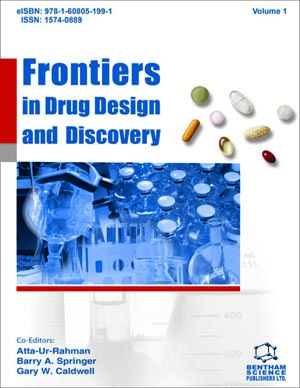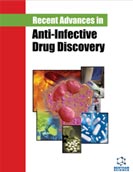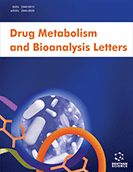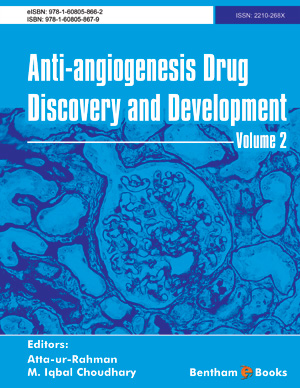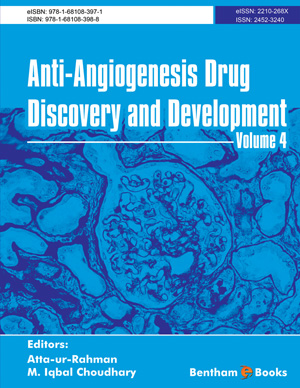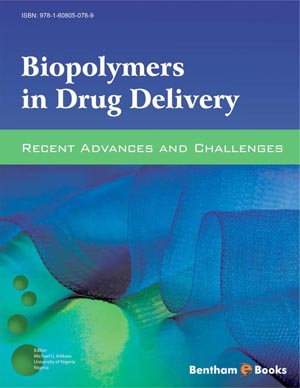Abstract
Technologies used for high throughput screening (HTS) at G protein coupled receptors (GPCRs) comprise two major approaches; those generally conducted measuring signal intensity changes using a microtiter plate format, and those measuring cellular protein redistribution via imaging-based analysis systems. Several homogeneous assays, i.e. those without wash and fluid phase separation steps, measure changes of second messenger signaling molecules including cAMP, Ins P3 and calcium. Imaging based assays determined the translocation of GPCR associated proteins such as b arrestin, or internalization of the receptor labeled with fusion tags. Generally, the former assays are used in a primary screening campaign, whilst the latter are used in secondary screening and lead optimization. However, increasing use of automated confocal imaging systems and prevalence of modified cell lines has expanded use of protein redistribution assays. Finally, radiometric techniques are widely used, frequently to measure GPCR ligand binding, using a scintillation proximity assay format. In this paper, the various assay methods used for HTS at G protein coupled receptors are compared and contrasted.


